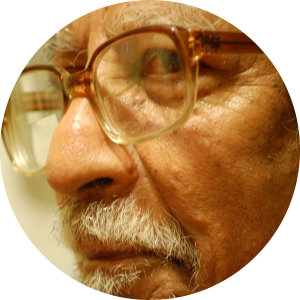Mozambique is situated alongside the Indian Ocean, and characterised by a variety of landscapes. It is heavily influenced by the mixing of the country’s African populations together with other groups who crossed the Indian Ocean, like the Europeans, Indians and Arabic nations. Until the 17th century, the northern coast of Mozambique, from Moma to the Quirimbas islands, was under strong Arabic influence and a trade in slaves flourished under Muslim rule. From the 18th century, the number of both European and Arabic posts increased substantially and Africans were traded into slavery on French sugar and coffee plantations in some of the Indian Ocean islands as well as Brazil, Cuba and North America. As international demand for African slaves increased, so did Mozambique’s involvement in the trade, both across the Indian and Atlantic Oceans. Mozambique’s secret slave trade continued until the early 20th century, providing enslaved Africans to the island São Tométo French ruled plantations in the Indian Ocean or to the old Rhodesian (now Zimbabwe) or South African mines. Today there are some very visible and tangible legacies of enslavement that stand as living testimony to the violence and exploitation of Mozambique’s population.
– from Breaking the Silence
Read chapters set in Mozambique »
Book 1
Chapter 2: Inhambane
(Inhambane, Mozambique, 1790s)
The Chopi people had always had a unique relationship with elephants whom they called their forest cousins.
Chapter 9: The Enemy Approaches
(Inhambane, Mozambique, 1790s)
Midala had slept not a wink all night. Shortly after the first crow of the cock, the tom toms had begun to rumble. This time things were happening nearer hom...
Book 2
Book 2 Chapter 1: Leaving Inhambane
(Inhambane, Mozambique, 1790)
Midala had stopped feeling the pain in his ankle and wrist, but what was worse was that his whole body felt numb.
